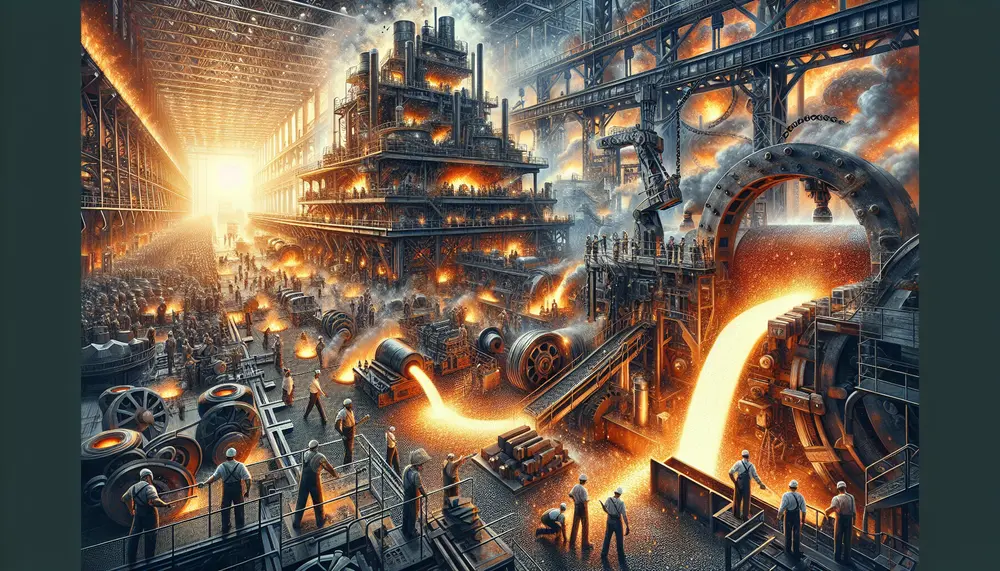Flux
Flux
Was bedeutet Flux im Stahlhandel und Stahlproduktion?
Wenn wir über die Stahlproduktion und den Stahlhandel sprechen, ist die Rede von Flux eine Hauptkomponente des Prozesses. Flux ist ein Material, das in der Schmelzphase der Stahlherstellung verwendet wird. Seine Hauptfunktion ist es, Verunreinigungen zu binden und so die Qualität des Endprodukts zu verbessern.
Die Rolle des Flux in der Stahlproduktion
Beim Erhitzungsprozess können unerwünschte Elemente wie Sulfide und Oxide auftreten. Diese Elemente können die Qualität des Stahls beeinträchtigen und ihn anfällig für Risse machen. Hier kommt der Flux ins Spiel. Er hilft, diese unerwünschten Elemente zu binden und sie aus dem fertigen Produkt zu entfernen.
Flux-Auswahl für die Stahlproduktion
Die Auswahl des richtigen Flux hängt von diversen Faktoren ab. Diese beinhalten die Art des Eisens oder Stahls, der produziert wird, und die spezifischen Verunreinigungen, die entfernt werden sollen. Häufig verwendet werden Materialien wie Kalk oder Dolomit. Der Flux wird sorgfältig ausgewählt, um die besten Ergebnisse zu erzielen und eine effiziente Stahlproduktion zu gewährleisten.
Flux im Stahlhandel
Im Stahlhandel ist die Qualität von größter Bedeutung. Ein guter Flux kann dazu beitragen, die Qualität des Stahls zu verbessern und damit den Wert des Produkts auf dem Markt zu steigern. Hochwertiger Stahl, der mit einem effektiven Flux hergestellt wurde, ist daher auf dem Stahlmarkt gefragter und kann zu einem höheren Preis verkauft werden.
Blog Posts with the term: Flux
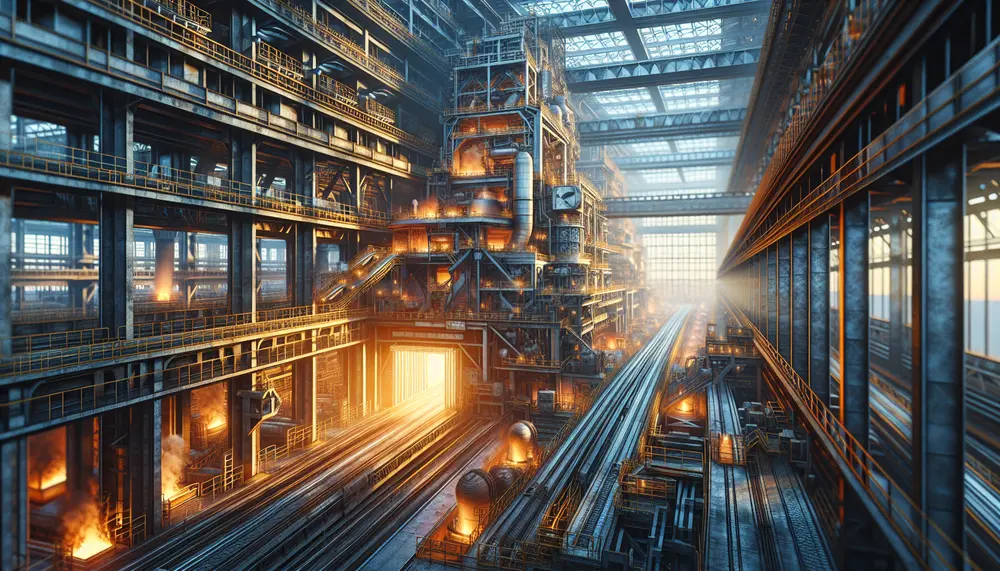
Steel making is a sophisticated process that turns iron ore into steel, involving methods like the Blast Furnace and Electric Arc Furnace to produce various grades of steel. The industry emphasizes sustainability by using additives and recycled materials while ensuring...
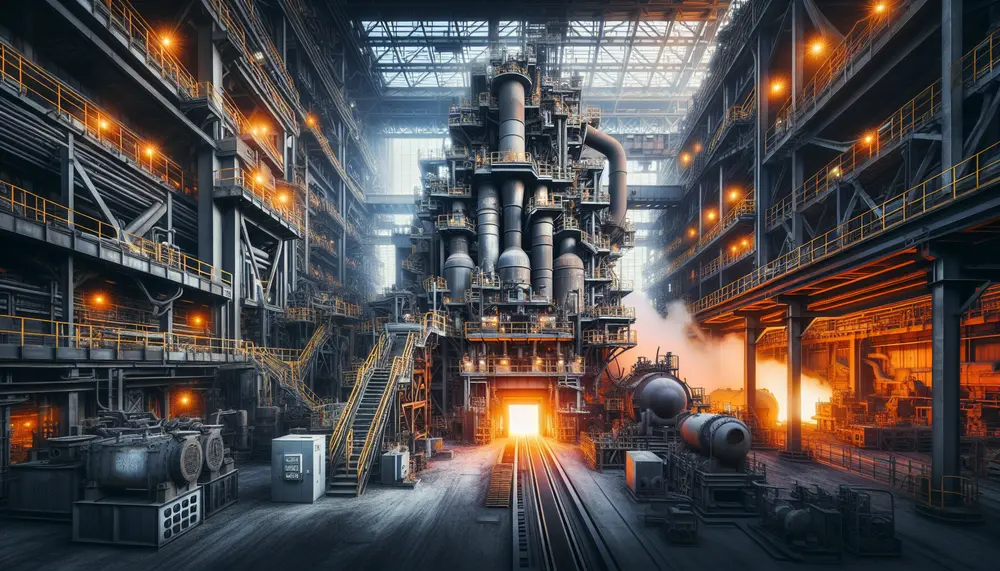
The article provides an overview of the two main steelmaking routes: blast furnace (BF) and electric arc furnace (EAF), detailing their processes, economic considerations, environmental impacts, and technological advancements. It compares BF's large-scale production with high carbon emissions to EAF's...
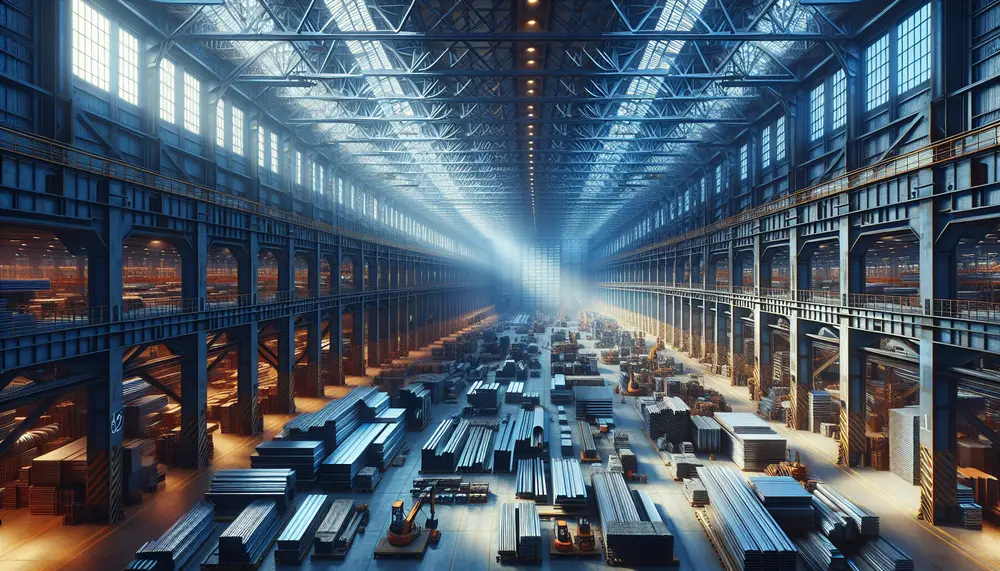
Nigeria's steel production industry is crucial for its industrial development, with potential to become a major producer due to iron ore deposits. However, the sector faces challenges such as small-scale operations and requires strategic solutions for sustainable growth. The evolution...
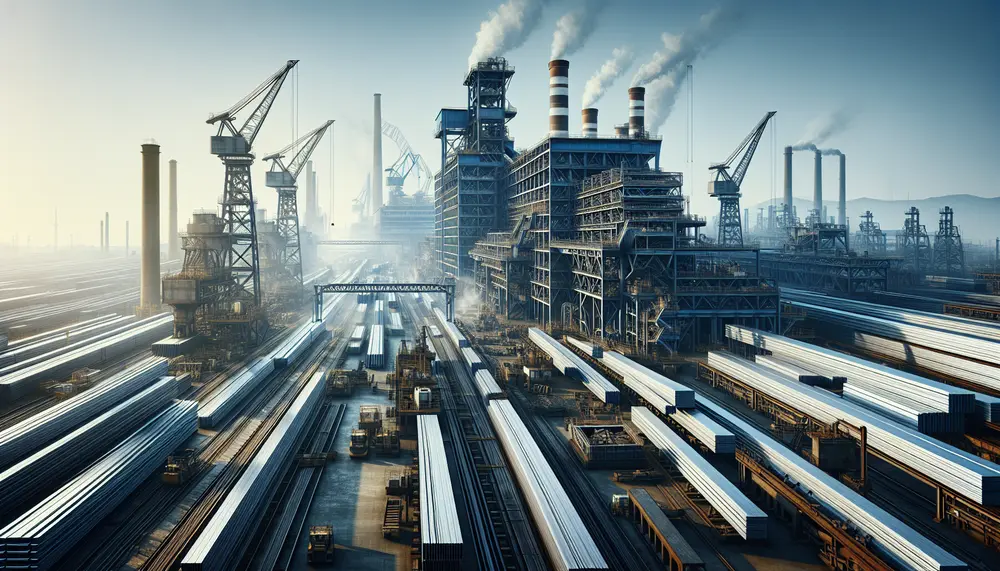
The African steel industry is growing and diverse, with varying levels of resource availability and technological sophistication across countries. It plays a crucial economic role by stimulating growth in other sectors, creating jobs, contributing to GDP, reducing import dependency, and...
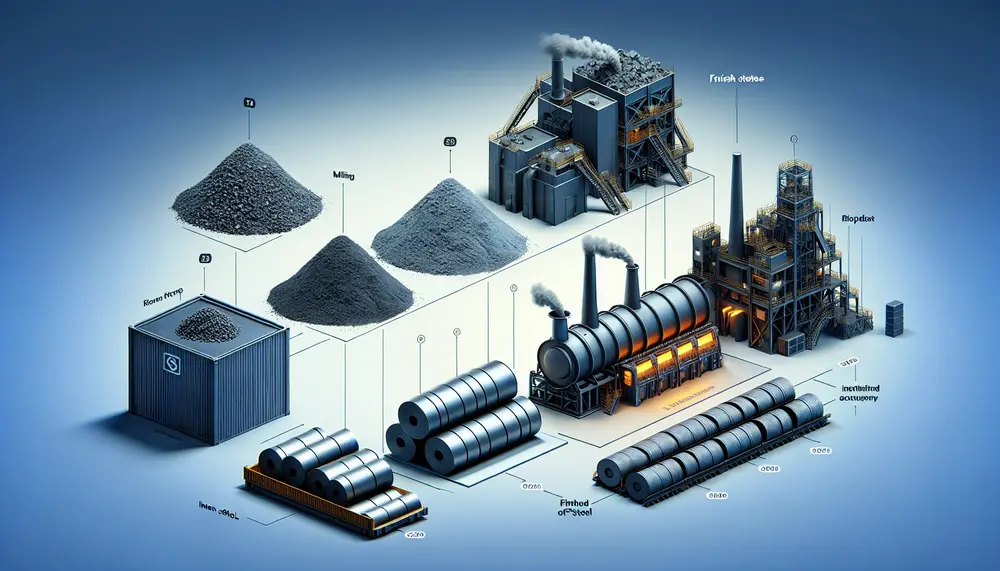
The steelmaking value chain is a complex process that transforms raw materials like iron ore, coking coal, and limestone into high-quality steel through strategic steps involving technological innovation to optimize efficiency and reduce environmental impact. Understanding this value chain helps...
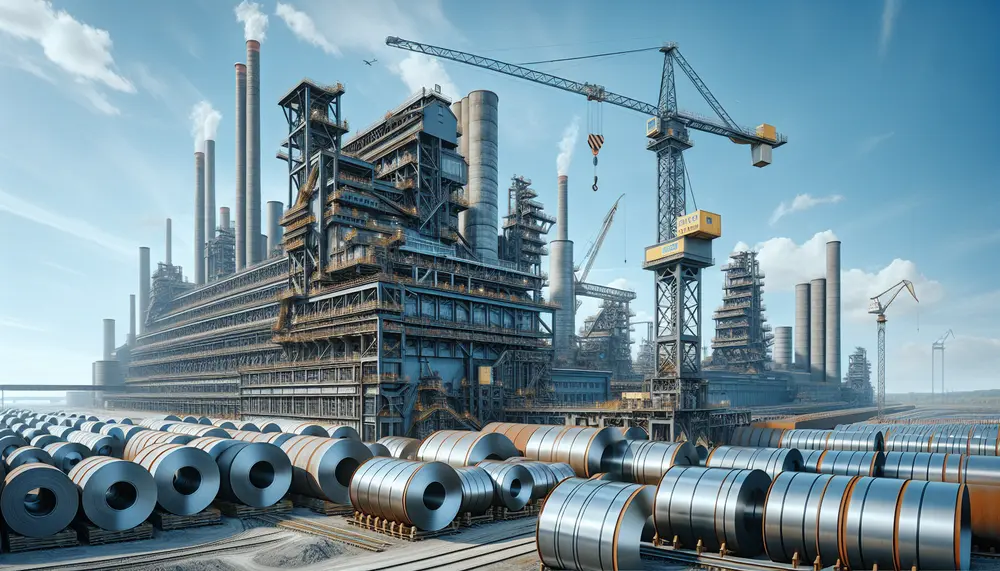
The steel industry in the Netherlands is integral to its economy, known for innovation and sustainability, with a focus on high-grade production used across various sectors. The Dutch sector's evolution has been shaped by historical shifts and strategic investments like...
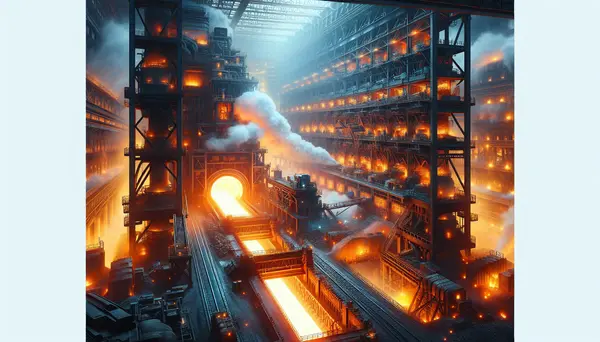
Steel, an alloy primarily composed of iron and carbon, is a crucial material in modern construction and manufacturing due to its strength, flexibility, and durability. The process of making steel involves extracting iron ore, purifying it through beneficiation processes, smelting...
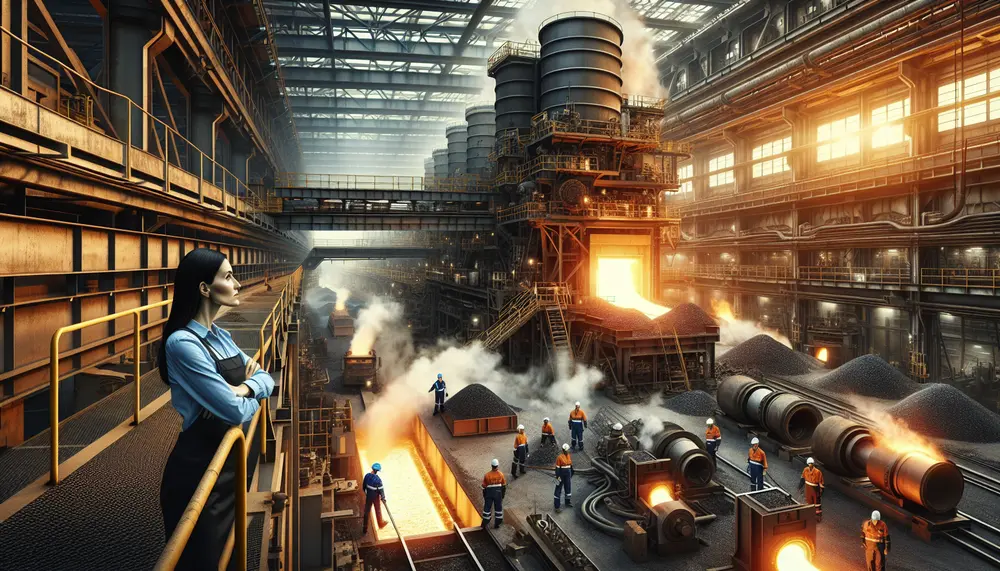
The article "Introduction to Steelmaking from Pig Iron" explores the historical and modern processes of transforming pig iron into steel, including methods like the Bessemer Process, Basic Oxygen Steelmaking (BOS), and Electric Arc Furnace (EAF). It highlights the importance of...
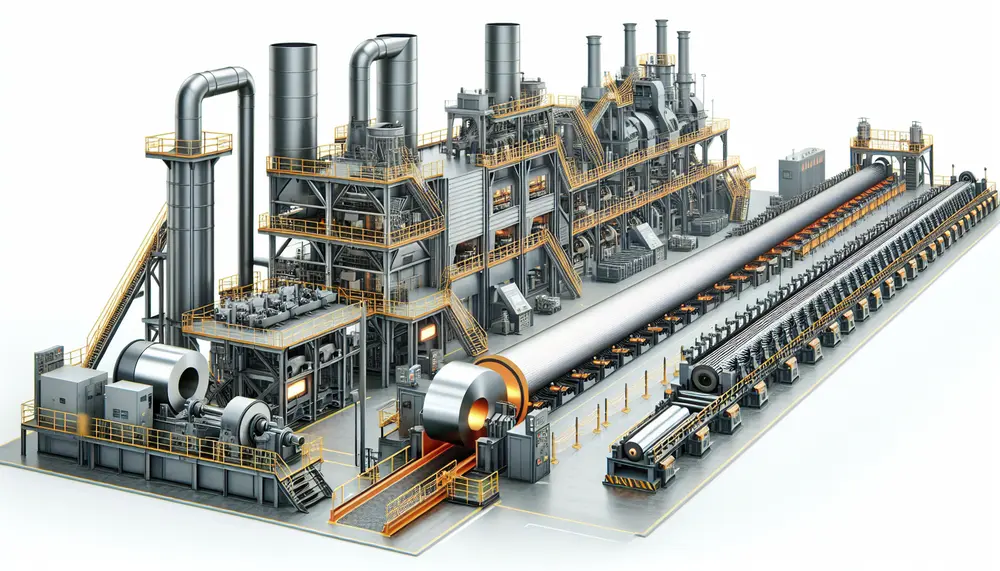
Steel manufacturing is a complex process that transforms iron ore into steel, involving precise heating and mixing to create different grades for various applications. The journey includes primary methods like Basic Oxygen Steelmaking (BOS) and Electric Arc Furnace (EAF), followed...
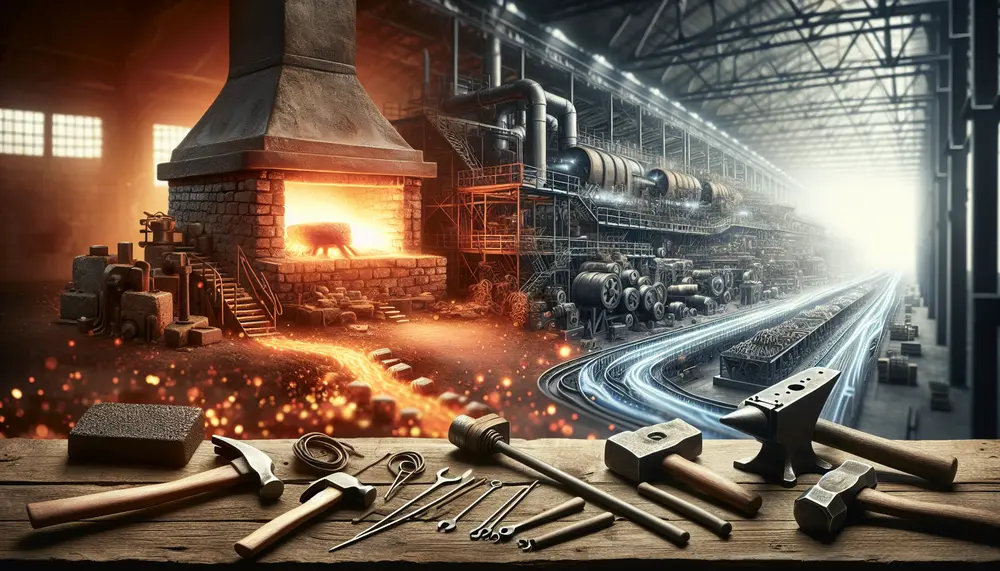
Steel's origins trace back to meteoric iron and evolved with human discovery of smelting around 2500 BCE, leading from the Bronze Age into the Iron Age. The Bessemer Process in the mid-19th century revolutionized steel production, enabling mass production and...
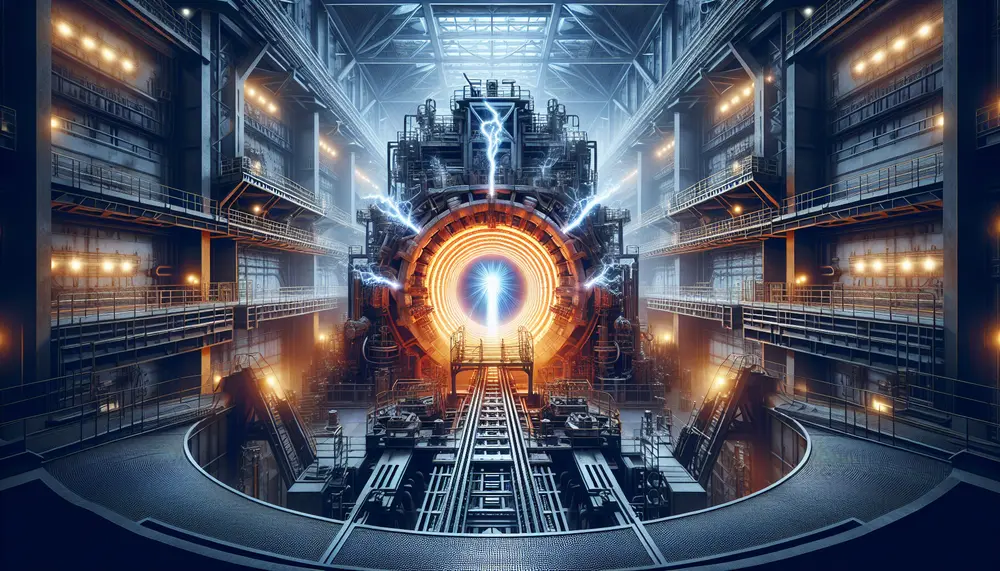
The electric arc furnace (EAF) revolutionizes steel making by melting recycled scrap with high-power electric arcs, offering a more environmentally friendly alternative to traditional blast furnaces. EAFs provide flexibility in production, reduce greenhouse gas emissions and energy consumption, and allow...
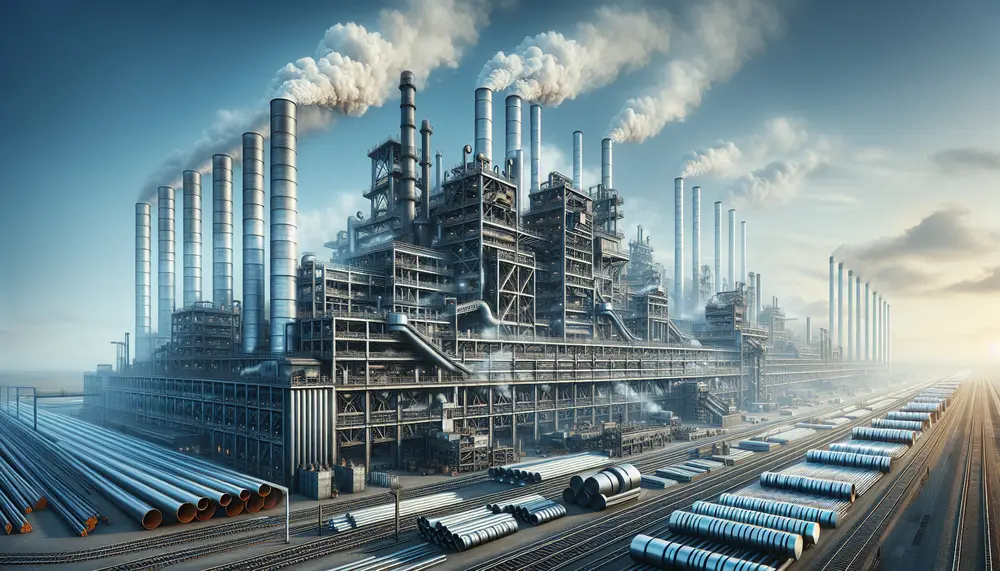
Steel was crucial in World War II, serving as the backbone for military equipment and influencing nations' industrial might. The escalation of steel production played a pivotal role in the Allied victory, with advancements in technology and massive job creation. Steel's...
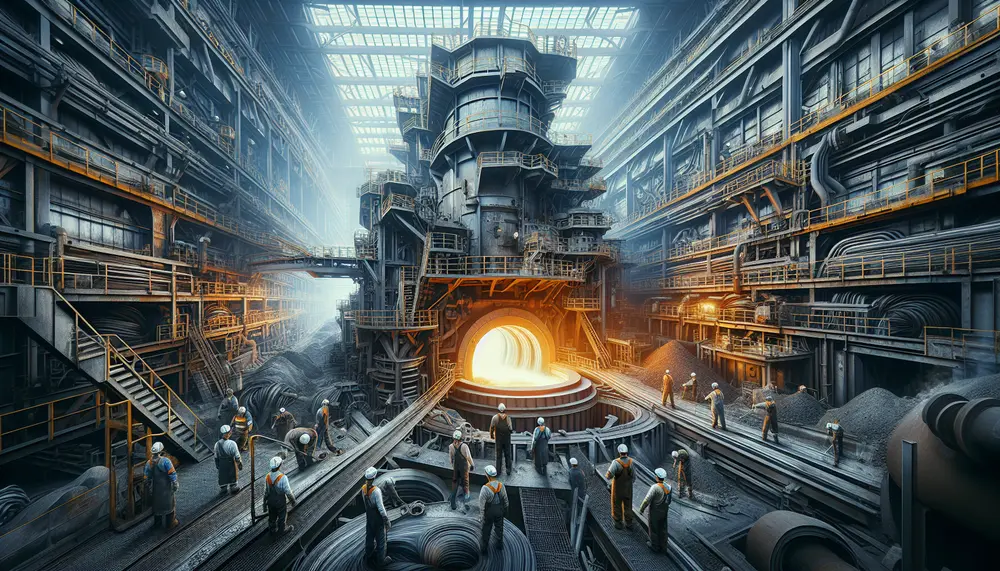
The Open Hearth Process is a traditional steelmaking method that involves converting iron into steel using an open hearth furnace, which allows air to flow over the mixture and facilitates chemical reactions necessary for purification. This process utilizes regenerative heating...
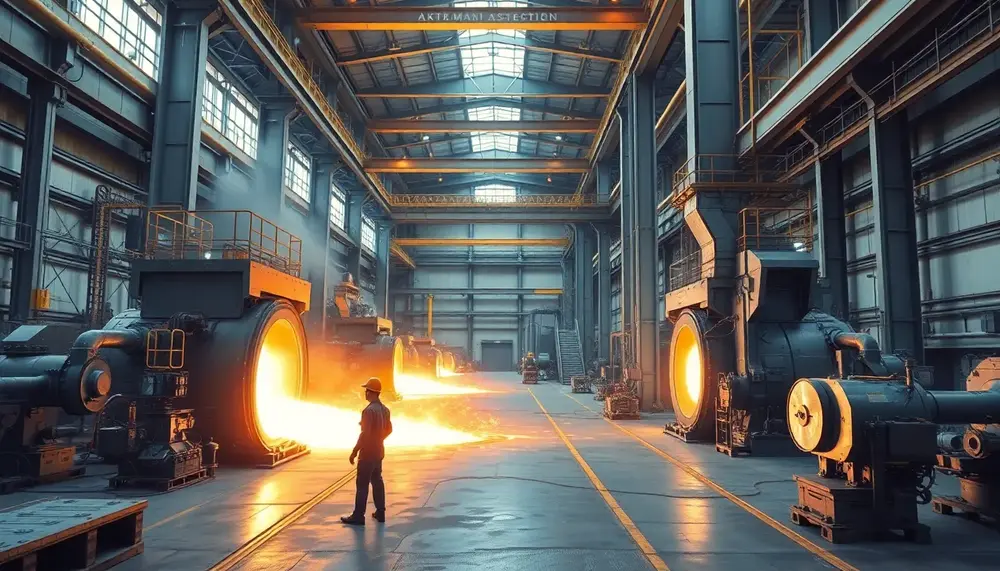
South Korea's steel industry has evolved into a global leader through strategic government investments, innovation in eco-friendly technologies, and significant contributions to the economy....

